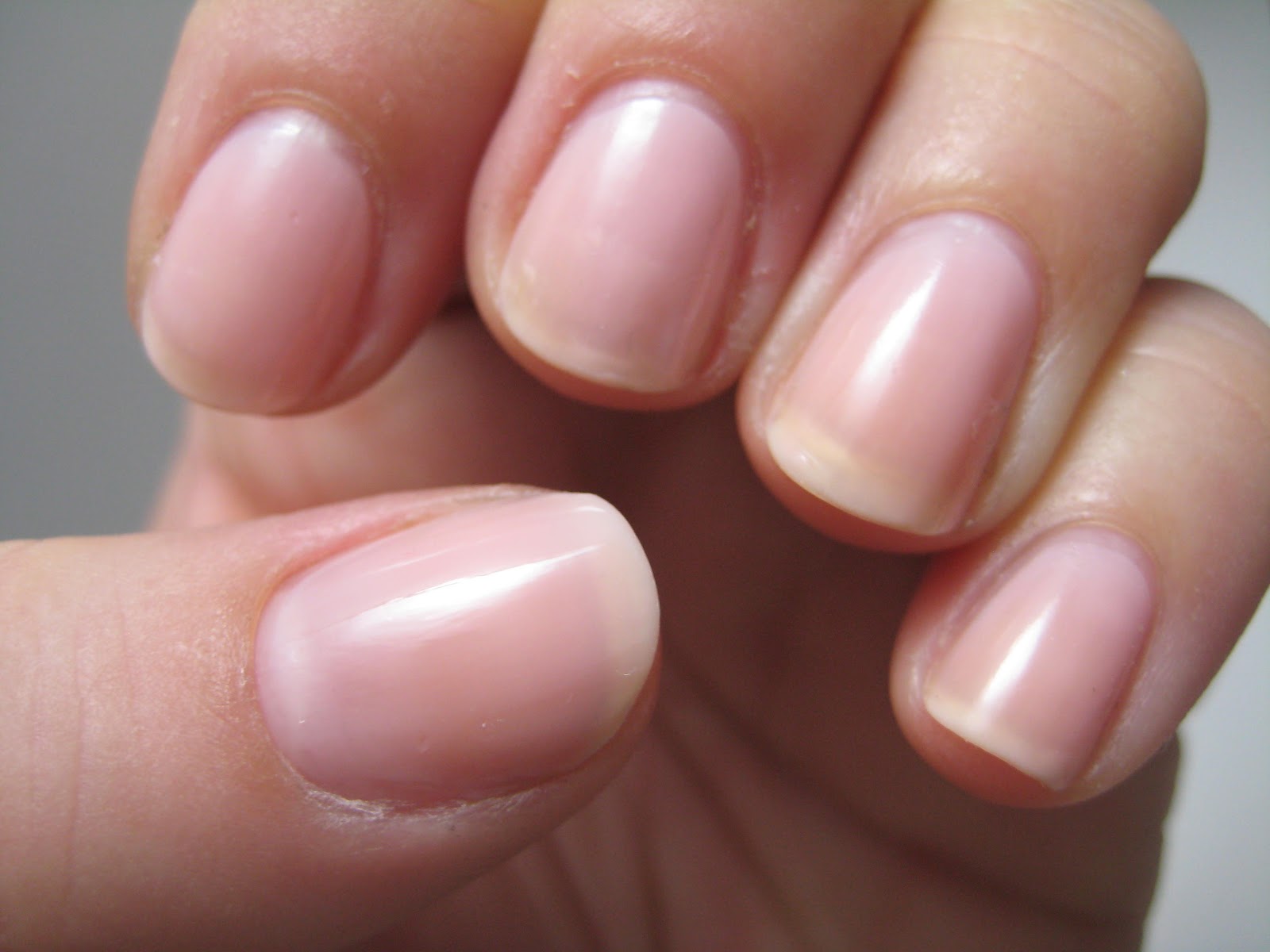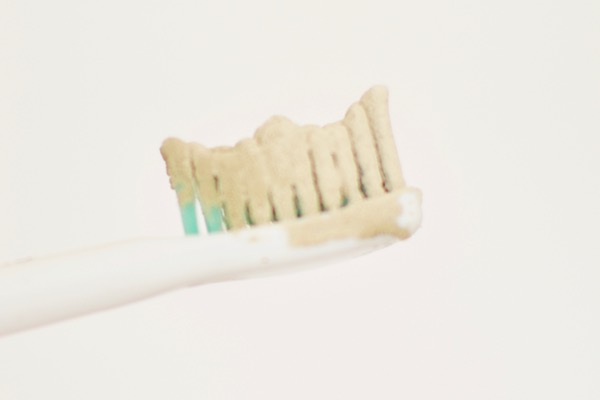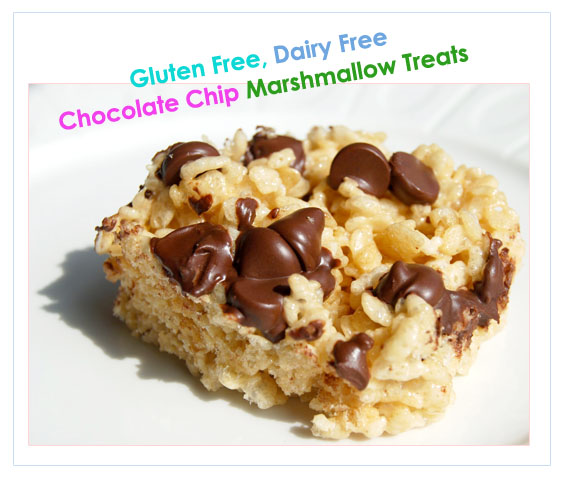Wondering if your nail health is in order? Read on.
The human body is designed to send nutrients to the most important parts first: your heart, brain, organs, and internal functions. Once they’ve gotten what they need, the body then sends it to the “peripherals”: your skin, hair, and nails. If you’re not getting enough of those vital nutrients, the result may be less-than-healthy skin, hair, and fingertips. Your finger and toenails, in particular, need a lot of nutrients. Here are a few nail health facts you need to know:
- Nails tell you what’s going on – If you’ve got discolored nails, cracks in your nails, chipped nails, or white spots on your nails, it’s often an indication that something is going wrong inside your body. Changes in the appearance of your nails can signal a surprising number of health problems, including anemia, heart conditions, diabetes, lung conditions, kidney disease, or liver disease. Your nail health is directly connected to your overall body health.
- Your nails grow an average of 3.5 mm per month – That’s the normal average, which you can expect if your nails are healthy. However, if you’re suffering from a condition or problem that affects your nail health, the growth may be a bit slower.
- Yellowing nails can be caused by more than one thing – Most people associate yellowing nails with a fungal infection, but did you know that overuse of acrylic nails can also cause them to yellow? Smoking and excessive use of nail polish can also contribute to the discoloration. Heck, even diabetes, thyroid disease, psoriasis, and a respiratory disease may be behind the problem.
- Clubbing is fairly serious – If your toenails become enlarged and curve downward, it’s a sign of something pretty serious going on. Usually it’s the result of insufficient oxygen in your blood. It can be caused by lung disease, AIDS, IBD, heart disease, and kidney disease. One again, your nail health is a big indicator of general health.

READ MORE: DIY Coconut Oil for Toe Nail Fungus
- Watch for white dots – If your nails begin to develop white dots, it’s a sign of trauma. If the dots don’t buff off, it may be a fungal infection. The good news is that they will usually “grow away” as your fingernails grow. However, if more spots appear, it’s best to get yourself to the dermatologist and find out what’s causing the dots.
- Be wary of ridges – Horizontal ridges may develop in your nails if they suffer damage, such as if they are bend or struck by something heavy. But did you know they can be caused by an illness that causes high fever? Pneumonia and scarlet fever can both cause the horizontal ridges to form on your nails. Essentially, it’s your body pausing the growth of your fingernails. They can be the result of a zinc deficiency, malaria, carbon monoxide poisoning, leprosy, and a host of other problems as well.
- Spooning is a bad thing – Spooning refers to the upward curvature of the nails, and it may be caused by a number of problems. Anemia can cause spooning, but so can an excess of iron in the blood. Hypothyroidism and heart disease are both causes of spooning. If your nails start curving upward, it’s a sign something pretty serious is going on.
- Discolorations may require a trip to the doctor – If you notice severe discoloration of your fingernails, it may be a good idea to visit your dermatologist. There’s the normal dark blue coloring that spreads through the fingernails after a heavy trauma or injury, but black streaks on an uninjured nail could be a sign of melanoma—skin cancer. If your nails are darkening but you haven’t been injured, get checked out immediately.
Love this article? For more beauty, style, travel, and trending topics check out The Luxury Spot on Facebook. Like us and we’ll love you back!








